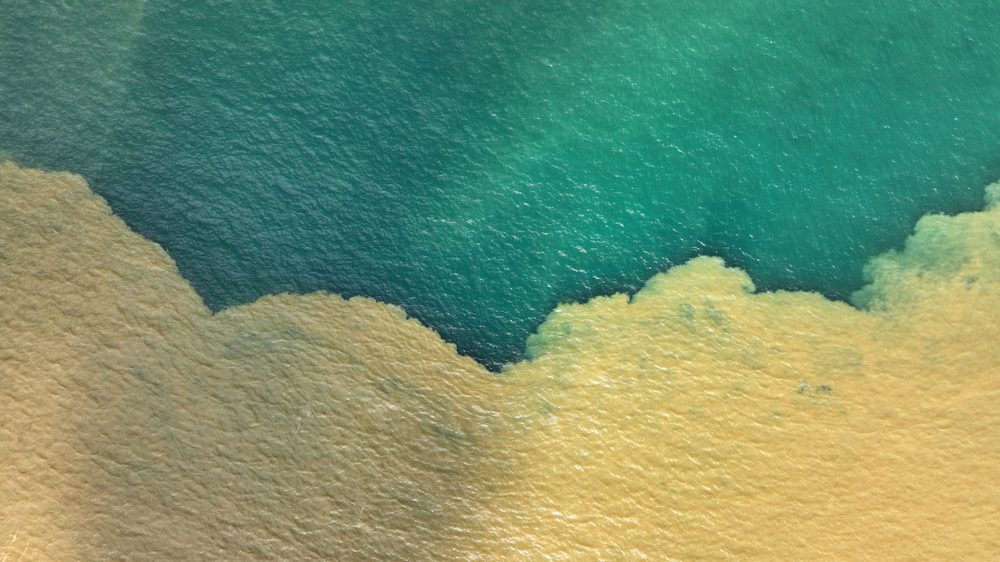If you stand on the southernmost tip of South America, you’ll be able to look out and see roughly where the Pacific Ocean meets the Atlantic Ocean. Despite what you may have seen in viral videos, there is no clear distinction between these waters, and the oceans will happily drift into one another. Nevertheless, sailors should be warned: trouble lingers at the crossroads between the world’s two greatest oceans.
The bottom of the South American continent is known as Patagonia, a beautiful but ragged wilderness whose west and south coast is fragmented with countless islands. Its southernmost point is Cape Horn, an island found as part of the Tierra del Fuego archipelago of southern Chile.
If looking south off the coast of Cape Horn, this is loosely where the Pacific meets the Atlantic, although there is no clear set boundary between the seas.
A viral post from a few years ago, which still does the rounds occasionally, shows a literal line in the ocean with darker waters on one side and lighter on another. It features the explanation that the waters don’t mix because the Pacific is richer in clay while the Atlantic has more iron, adding that the two “don’t do well together”.

Scenes like this only usually occur where fresh river water meets salty seawater. Image credit: Wirestock Creators/Shutterstock.com
However, that’s simply not true. If you see a video like this, it is most likely showing a freshwater river flowing into a body of salt water, like the image above.
The waters south of Cape Horn, however, are infamous. The area is notoriously difficult to sail through due to extremely low-pressure systems that generate gusty and unpredictable winds and big waves. Its waters are also extremely frigid, adding an extra challenge for sailors.
Despite the risks, the corridor between the Pacific Ocean and the Atlantic Ocean was vital for international trade. The passage around the Horn was first traversed in 1616 by Willem Schouten, a navigator for the Dutch East India Company, and has since sealed the fate of hundreds of ships.
In 1830, American politician Richard Henry Dana Jr. wrote a famous account about traveling around Cape Horn in the middle of the Antarctic winter. It reads: “Hurrying upon deck, we found a large black cloud rolling on toward us from the southwest, and blackening the whole heavens. ‘Here comes Cape Horn!’, said the chief mate; and we had hardly time to haul down and clew up before it was upon us. In a few moments, a heavier sea was raised than I had ever seen before…At the same time, sleet and hail were driving with all fury against us.”
Fortunately for sailors, the need for ships to edge around Cape Horn was shrunk after the Panama Canal opened in August 1914, allowing boats to dart between the Atlantic Ocean and the Pacific Ocean through central America.
Source Link: Where Two Worlds Collide: Do The Atlantic And Pacific Oceans Mix?